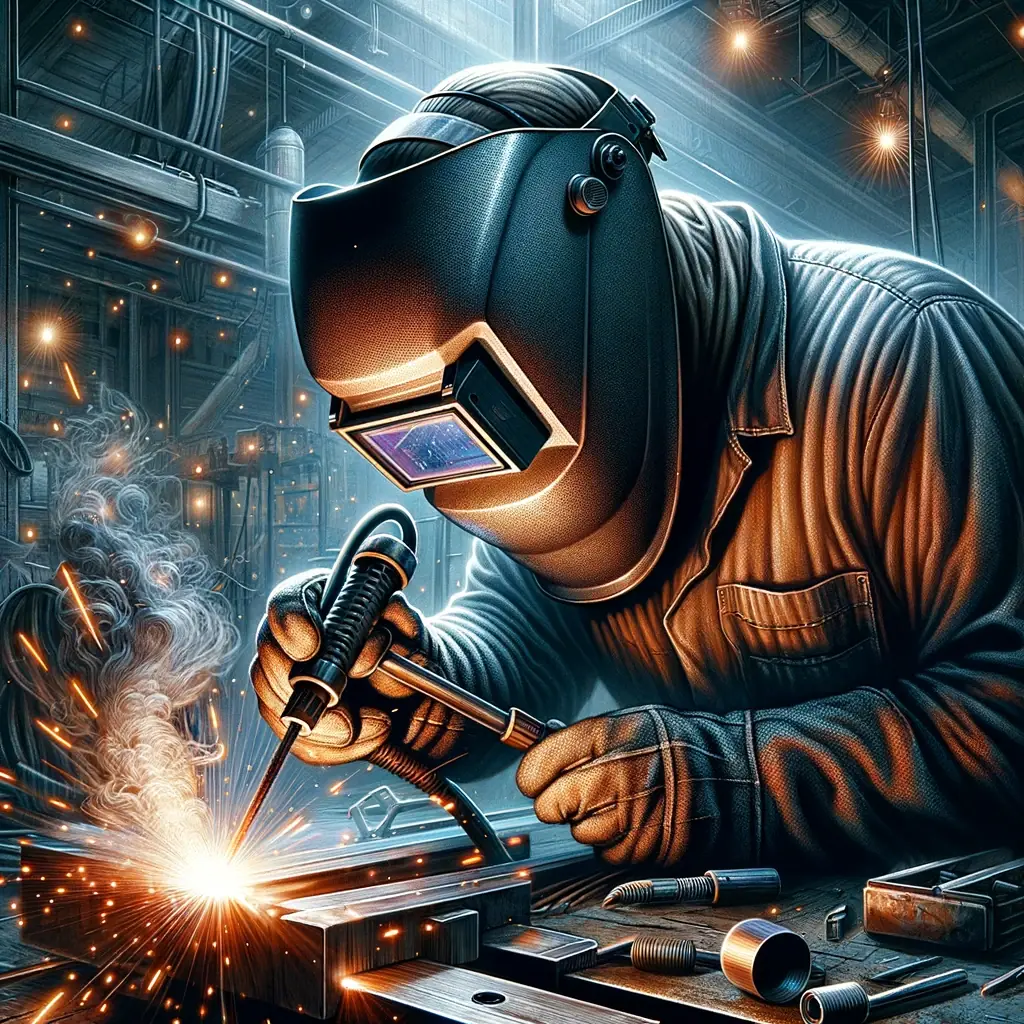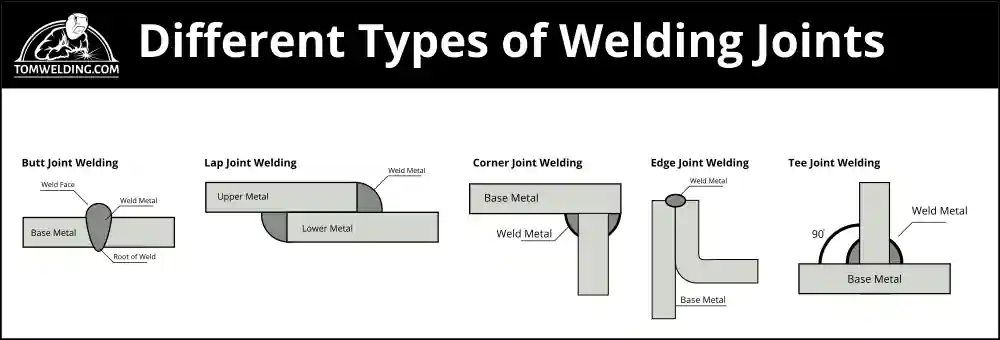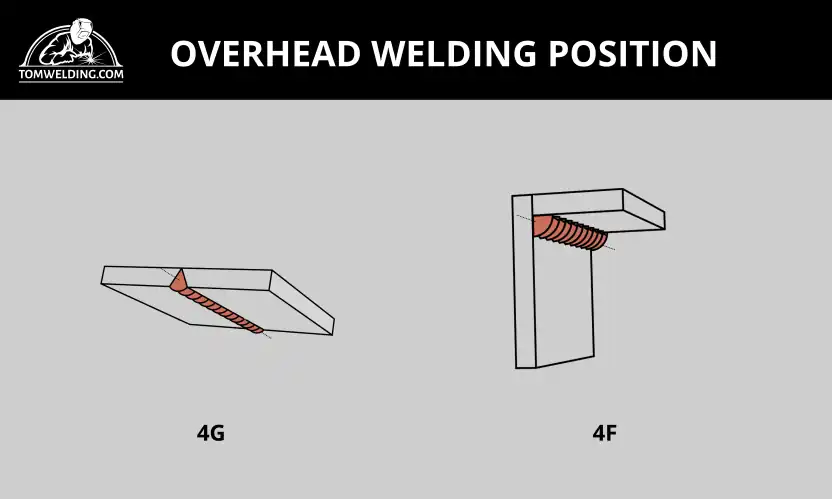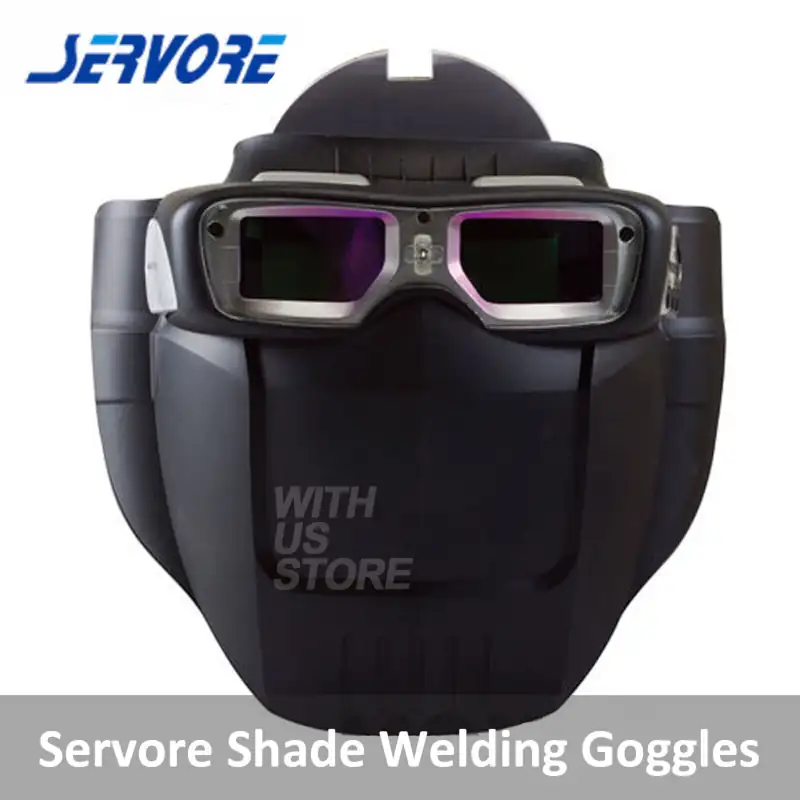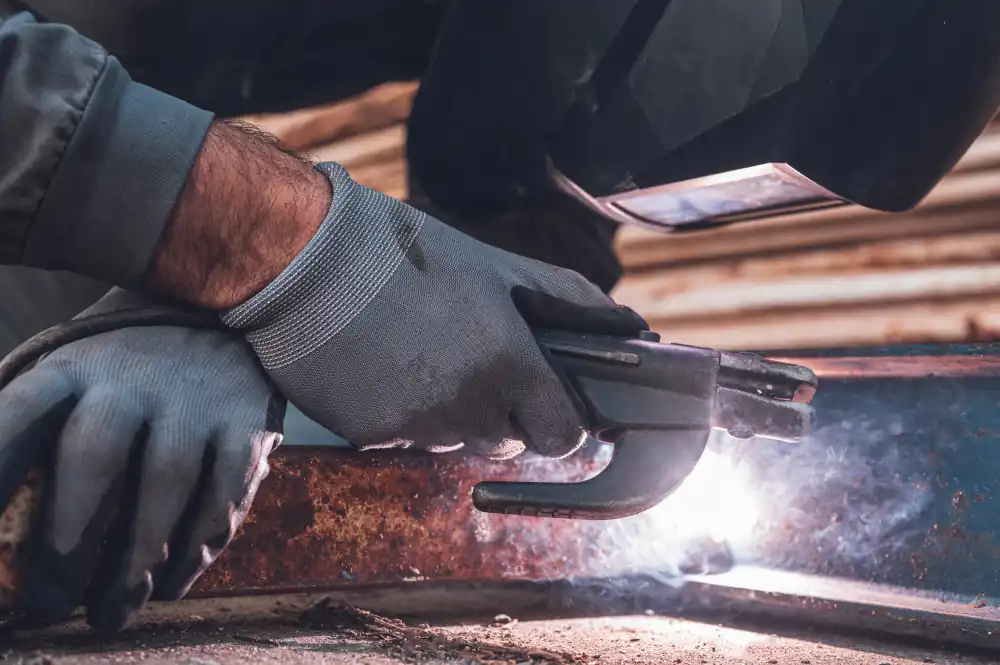MIG (Metal Inert Gas) welding, also known as GMAW (Gas Metal Arc Welding), is a popular welding process that uses a continuous solid wire electrode to join metals together.
An electric arc is created between the base metal and the wire, which heats up the metals to form a weld pool. Protective gas, usually argon or carbon dioxide, flows around the weld area to shield it from contamination.
How does it work?
Here’s a quick rundown of how MIG welding works:
- An electric current runs through the MIG welding gun and wire electrode.
- When the wire touches the base metal, an electric arc is created that generates heat up to 6,000°F.
- The heat from the arc melts the base metal and the end of the wire, forming a molten weld pool.
- As the wire feed continuously moves forward, metal from the wire fills the weld joint.
- The protective gas shields the weld area from oxygen and other contaminants during welding.
- The molten metal then cools and solidifies to form a strong metallurgical bond.
The main advantage of MIG welding is that it’s faster and easier to learn than other welding methods like stick or TIG welding.
The wire feed system allows welders to join metals with minimal slag cleanup. Overall, MIG welding is a versatile, efficient, and high-quality welding process for projects and repairs.
MIG welding vs other welding processes
MIG welding has some key differences from other common welding processes like stick (SMAW), TIG (GTAW), and flux-cored welding:
MIG vs Stick Welding
- Heat Control: MIG welding offers more control over heat input compared to stick welding, allowing faster travel speeds.
- Slag Removal: MIG welding produces minimal slag that chips off easily. Stick welding leaves heavy slag that must be chipped/brushed off.
- Speed: The continuous wire feed of MIG welding allows faster welding than manually “dipping” the electrode rod like stick welding.
MIG vs TIG Welding
- Skill Level: MIG welding is easier to learn than TIG which requires greater manual dexterity.
- Speed: MIG welding allows higher deposition rates than TIG which tends to be slower.
- Automation: MIG welding can be automated more easily compared to manual TIG welding.
MIG vs Flux-Cored Welding
- Shielding Gas: MIG uses an external shielding gas, while flux-cored uses gas generated from the wire itself.
- Metal Transfer: MIG offers a more controlled, spray-like metal transfer vs more globular transfer of flux-cored.
- Weld Quality: MIG typically can produce higher quality and aesthetic welds than flux-cored welding.
So in summary, MIG welding strikes a good balance of being easy to learn while also offering great weld appearance and quality at reasonably fast speeds.
MIG Welding Equipment
Welding machine
The welding machine, also called a welding power source, provides power for MIG welding. Key components include:
- Power transformer – Steps down high incoming voltage to lower “welding” voltage.
- Rectifier – Converts AC to DC current for welding. May be built-in or separate unit.
- Wire feed motor – Drives the wire electrode through the welding gun.
- Contactor – Turns welding power on/off.
- Control circuit – Adjusts current and voltage for different wires/applications.
Also read: Best Mig Welder for Beginners
There are several types of MIG welders to choose from:
- Transformer MIG – More basic units best for home/hobby use. Limited output settings.
- Inverter MIG – More advanced design with improved performance. Ideal for precision welding.
- Multi-process – Combines MIG welding plus other processes like stick and TIG in one unit.
- Spool gun MIG – Special gun for easier welding of aluminum. Attaches to standard MIG machine.
When selecting a MIG welder, key factors to consider are: welding amperage, duty cycle rating, number of voltage settings, wire feed speed control, and spool gun capabilities if welding aluminum.
Welding Gun
The MIG welding gun, sometimes called a “torch”, directs current and shielding gas to facilitate welding.
Standard MIG guns have a handle, trigger switch, contact tip, nozzle, gas diffuser, liner, and wire feed rollers inside. Key functions include:
- Trigger – Activates welding power when pulled.
- Contact tip – Transfers current to the welding wire. Made of durable copper.
- Nozzle – Focuses shielding gas coverage around the weld.
MIG guns are air or water-cooled. Air guns are cheaper but may overheat on long welds. Water-cooled MIG guns cost more but resist overheating.
Guns come in different lengths up to 25+ ft. Longer guns allow easier access to tight welds. Guns wear from wire friction and must be replaced over time.
Optional spool gun attachments allow easier welding of aluminum. The lighter, softer aluminum wire feeds better through shorter distances.
Welding wire
MIG welding uses a thin wire electrode fed continuously through the welding gun. Common wire sizes are: 0.023”, 0.030”, 0.035” and 0.045” diameter. Thicker wires allow faster deposition but less precision.
Wire is packaged on 10-60 lb spools and fed by the wire feed system. Flux-cored wires contain flux materials and shielding compounds inside an outer sheath. Common wire types include:
- Mild steel – Low carbon steel wire for welding plain carbon steels.
- Stainless steel – Special wires for stainless steels to match composition.
- AluminAluminum – Softer wires specifically for welding aluminum alloys.
- Flux-cored – No need for external shielding gas. More spatter.
Choosing the correct wire type/size for your base metal is important for proper weld quality and appearance.
MIG Welding Technique and Settings
Proper welding technique
Good welding technique is crucial for quality MIG welds. Key points include:
- Steady hand – Hold the gun steady as you move to make a uniform weld.
- Constant distance – Maintain about 3/4 inch stickout and contact tip to work distance.
- Consistent travel angle – Keep a 5-15 degree push angle along the joint.
- Proper speed – Move the gun at a steady rate to prevent cold laps or burn through.
- Full coverage – Overlap each weld pass slightly to fill the joint completely.
It takes practice to coordinate the gun angle, travel speed, and arc length while aiming the weld puddle precisely where you want it. Developing good muscle memory and “puddle control” separates welding novices from skilled welders.
Voltage and wire speed settings
Choosing the right voltage and wire speed settings is vital for proper weld penetration and bead shape.
- Voltage – Increasing voltage gives a “hotter” arc that penetrates deeper into the base metal.
- Wire Speed – Faster wire speed provides more filler metal deposition into the joint.
For a given wire size, the manufacturer provides voltage and wire speed ranges to follow. Choosing settings in the middle is a good starting point. Specific adjustments from there depend on factors like joint type/thickness, torch angle, travel speed, and operator technique.
As a rule, set the voltage based on penetration needs, then increase wire speed to get the desired weld size. The goal is a steady “hissing” arc sound, smooth metal deposition, and good tie-in at the weld toes.
MIG Welding Different Metals
Mild steel
Low carbon steel is the most common metal welded with the MIG process. Key tips include:
- Use ER70S-6 wire for all-position welds
- Select 75/25 shielding gas (75% argon/25% CO2) for short circuit transfer
- Use higher voltage settings for thicker plates
- Lap each weld pass 30-50% over previous pass
MIG creates strong uniform welds on thin gauge steels like sheet metal up to 1/2 inch thick structural steel plates. It allows fast welding speed compared to stick or TIG on plain carbon steel applications.
Stainless steel
MIG welding different stainless steel alloys requires matching the wire composition and using pure argon shielding gas to prevent oxidation.
- Use ER308L or ER316L wire for common austenitic stainless
- Select 100% argon shielding gas
- Clean surfaces well and use stainless brush to remove slag
- Use lower heat and travel speed to prevent distortion
The MIG process allows stainless steel welding with relatively easy technique. Pay special attention to post-weld cleanup to restore the corrosion resistant surface.
Aluminum
MIG welding aluminum requires some special considerations:
- Use 4043 aluminum wire to match base material
- Argon shielding gas prevents oxidation of soft aluminum
- Slow wire speed required for good metal transfer
- Use lower heat input to minimize burn through
- Spool gun MIG torch improves wire feedability
The trickiest part of aluminum MIG welding is getting the wire to properly short circuit and transfer across the arc gap. This requires very precise voltage control.
Overall it’s more difficult than steel MIG welding. But with attention to gun angle and technique, quality aluminum welds can be made.
Troubleshooting MIG Welds
Common weld defects
Some common MIG weld defects and how to avoid them include:
- Porosity – Gas bubbles trapped in weld. Check gas flow, clean material, dry welding wire.
- Spatter – Scattered bits of metal. Adjust voltage or wire speed.
- Undercut – Groove melted at weld toe. Decrease travel speed.
- Burn-through – Hole in base metal. Reduce voltage or increase travel speed.
Paying attention to proper machine settings, welding technique, joint fit-up, and base material condition can help avoid flaws in MIG welding.
How to fix defective welds
Repairing a defective MIG weld correctly is important for strength and appearance. Steps include:
- Clean weld by chipping flux or brushing slag
- Grind defect down to sound metal with angle grinder
- Set up welding machine for thinner material
- Use stringer beads and/or wider weave technique
- Fully fuse repair weld into sides of groove
- Blend repair for minimized distortion
It takes some welding skill to tie-in repair welds properly. But with care and the right technique, defective MIG welds can get fixed to restore a quality joint.

